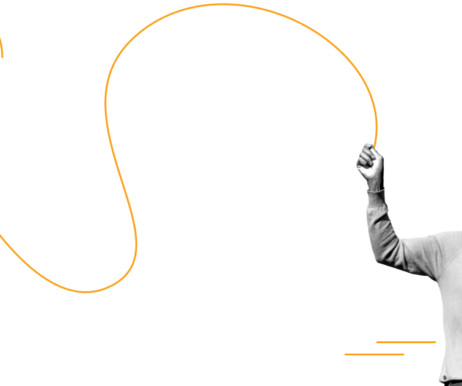Ending Persistent Poverty in Rural America: The Role of CDFIs
NonProfit Quarterly
MAY 17, 2023
This article introduces a new series, titled Eradicating Rural Poverty: The Power of Cooperation. For decades, community development financial institutions have delivered capital into communities and regions that otherwise suffer from disinvestment. This is true in urban areas and, critically, rural communities.














Let's personalize your content